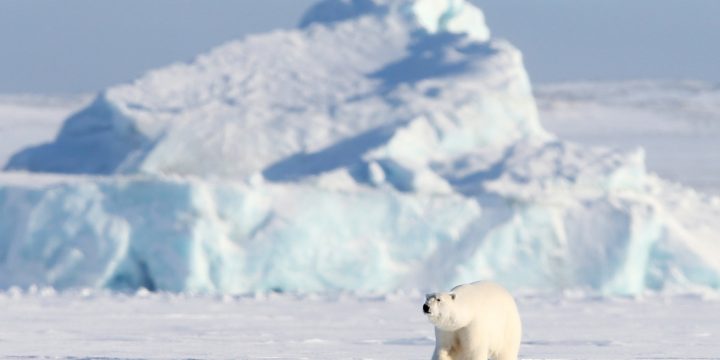
Polar Ecosystems: Dynamics, Challenges, and Global Importance
Introduction Polar ecosystems, encompassing the Arctic and Antarctic regions, are among the most extreme, fragile, and unique habitats on Earth. These environments are defined by extreme cold, seasonal light fluctuations, ice-dominated landscapes, and limited vegetation. Despite these challenging conditions, they support a surprising range of biodiversity and play an essential role in global climate regulation. The ecosystems of the polar regions are not isolated; they are intricately connected to global systems, influencing weather, ocean currents, and carbon cycles. Understanding polar ecosystems is therefore critical not only for ecological science but also for predicting and mitigating the impacts of climate change. This essay explores the structure, functioning, and importance of polar ecosystems. It examines their biodiversity, adaptations of species, ecological processes, human impacts, and the urgent conservation issues these regions face.…
